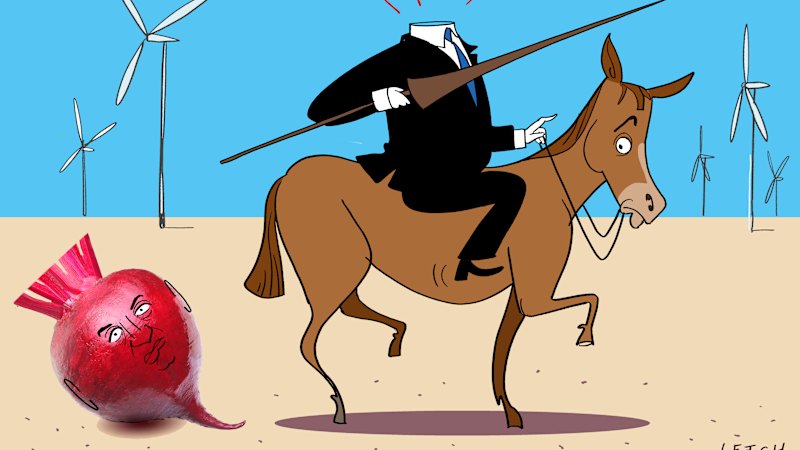
The Coalition’s position in Australian politics is increasingly precarious as it grapples with a significant shift in public sentiment regarding climate change. Following losses in the 2022 elections and further setbacks in 2023, the Coalition appears to be struggling to address a fundamental issue that resonates with younger voters.
Kos Samaras, a political consultant with Redbridge, highlights the disconnect between the Coalition’s stance and the priorities of younger Australians. He notes that climate change is not their top concern—currently ranked third behind cost of living and housing—but it is part of a broader matrix of issues that young voters believe the Coalition has neglected. The growing disillusionment with the Coalition’s approach could lead to long-term electoral consequences, particularly as Gen Z and Millennial voters, aged between 13 and 44, become a more dominant force in the electorate.
The Coalition’s current trajectory resembles that of the Black Knight from the Monty Python skit, as it continues to fight despite suffering significant political injuries. Samaras warns that the Coalition is on a “long road to suicide,” a sentiment echoed by many analysts observing the evolving political landscape. As traditional Baby Boomer support wanes, the Coalition faces the risk of fading into irrelevance.
Independent MP Helen Haines represents a contrasting approach. Rather than rejecting climate realities, she focuses on making the transition to renewable energy beneficial for her constituents. Her proposal to allocate 20 percent of profits from large renewable projects to regional communities illustrates a proactive stance in addressing climate change and its impacts.
While the Coalition once had a more favorable view of climate policy, it has seen a shift in leadership and ideology. Barnaby Joyce, a former advocate for climate action, now leads a faction that vehemently opposes net-zero commitments. His current campaign aims to dismantle the Nationals’ previous agreement to achieve net-zero emissions by 2050, a deal he himself endorsed just four years ago under former Prime Minister Scott Morrison.
The political landscape is further complicated by the Coalition’s internal divisions. Currently, the party lacks a unified position on climate policy. Some members argue that rejecting net-zero emissions could appeal to their base, while others contend that a credible climate policy is essential for any party aspiring to govern.
As David Littleproud, the current Nationals leader, tries to navigate these internal conflicts, he risks alienating both urban and rural voters. The Coalition’s dilemma is clear: align with the Nationals’ anti-climate stance and face further electoral damage, or carve out a distinct climate policy that could lead to public division.
The situation is exacerbated by the political climate surrounding Labor’s management of renewable energy initiatives, which has faced criticism for its execution. Former Liberal campaign chief Tony Barry identifies this as a critical area for the Coalition to capitalize on, suggesting that instead of attacking Labor’s climate goals, the Coalition should focus on its implementation.
As the debate over climate change continues to evolve, the Coalition must confront its ideological battles and the impact of its decisions on future elections. According to Samaras, without a clear understanding of its position, the Coalition risks being trapped in a “killing zone,” unable to recover from its current political wounds.
The path forward for the Coalition remains uncertain, but one thing is clear: like the Black Knight, it may soon find itself fighting against an increasingly hostile electorate, demanding accountability and action on climate issues.






